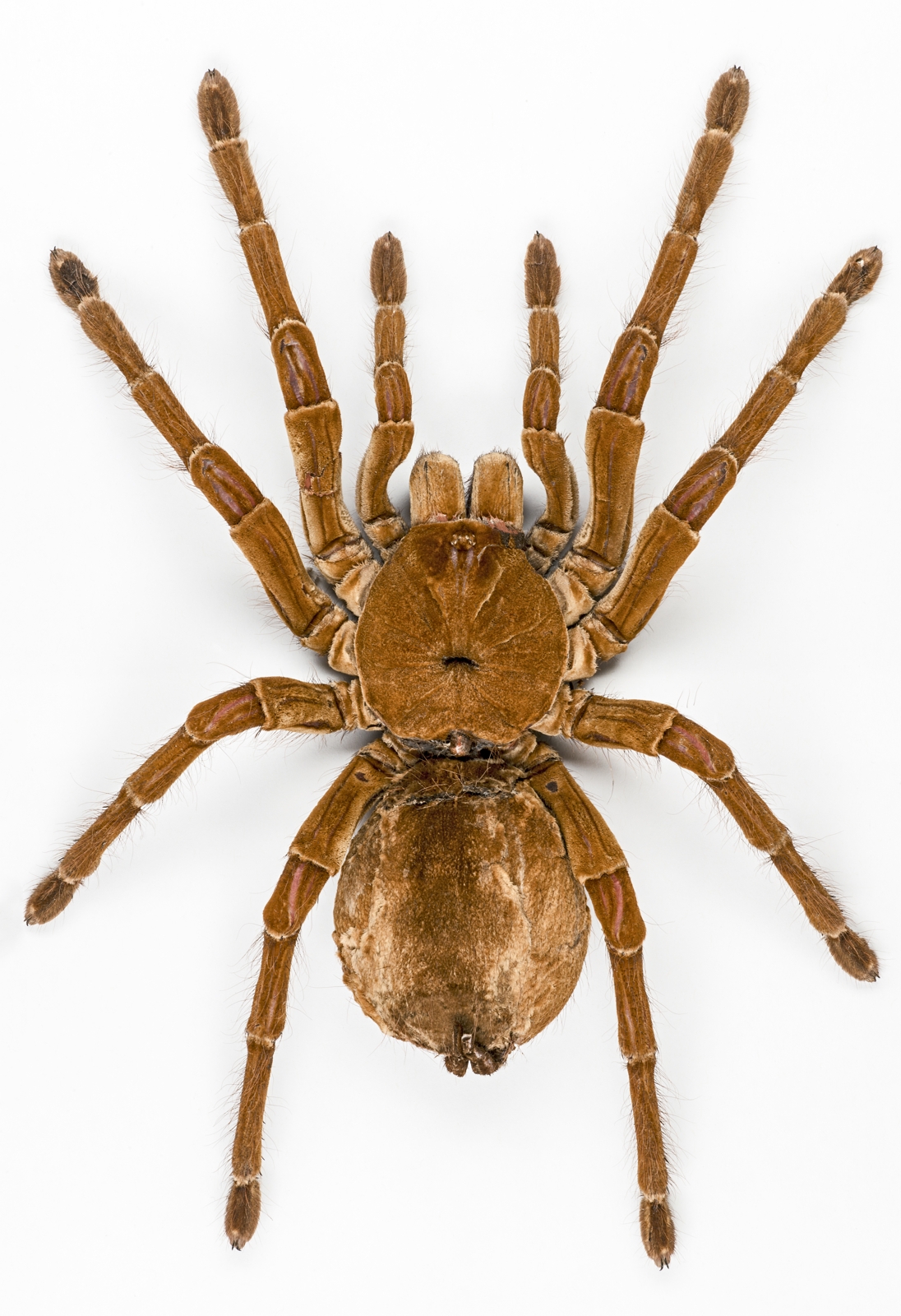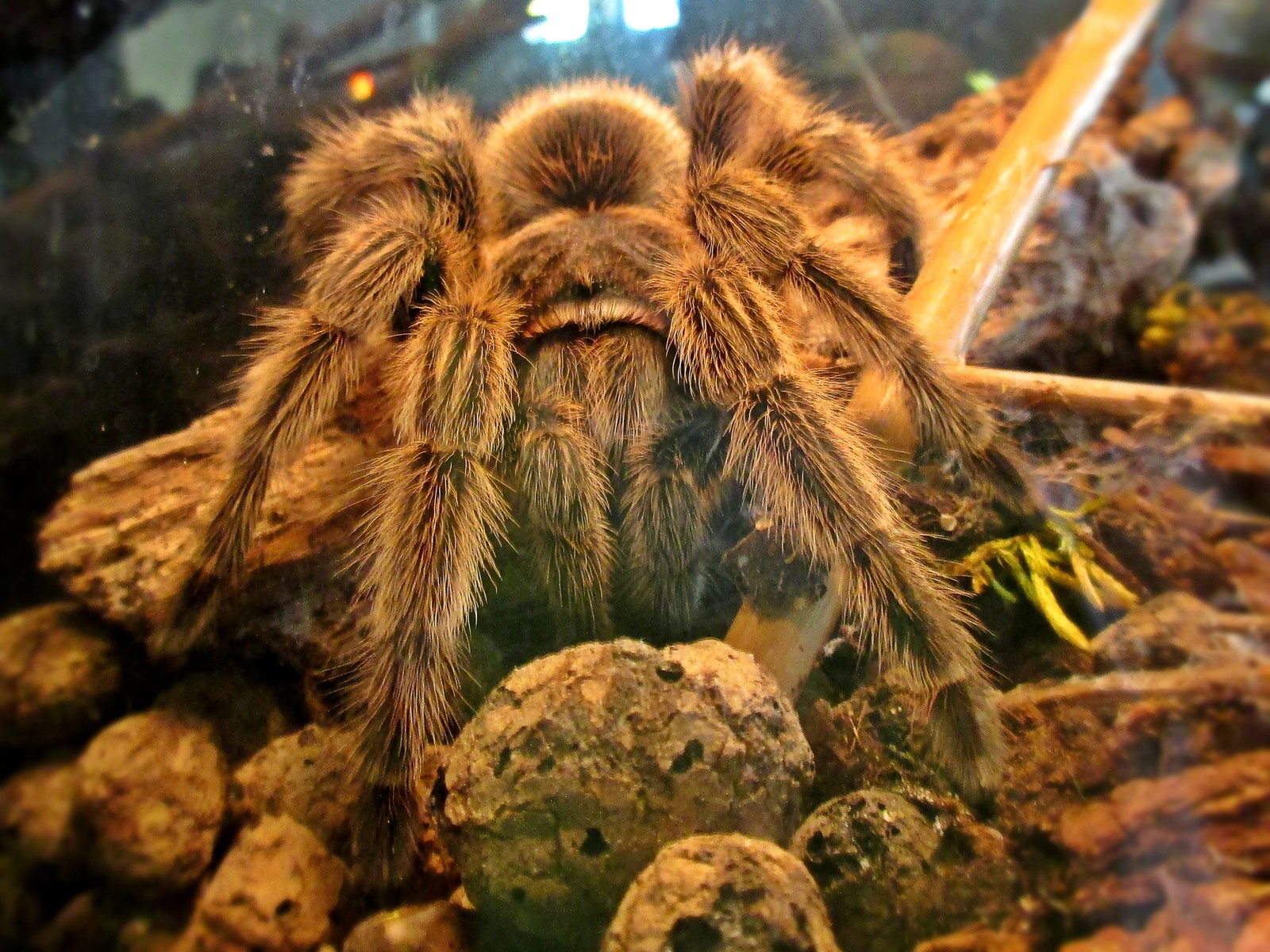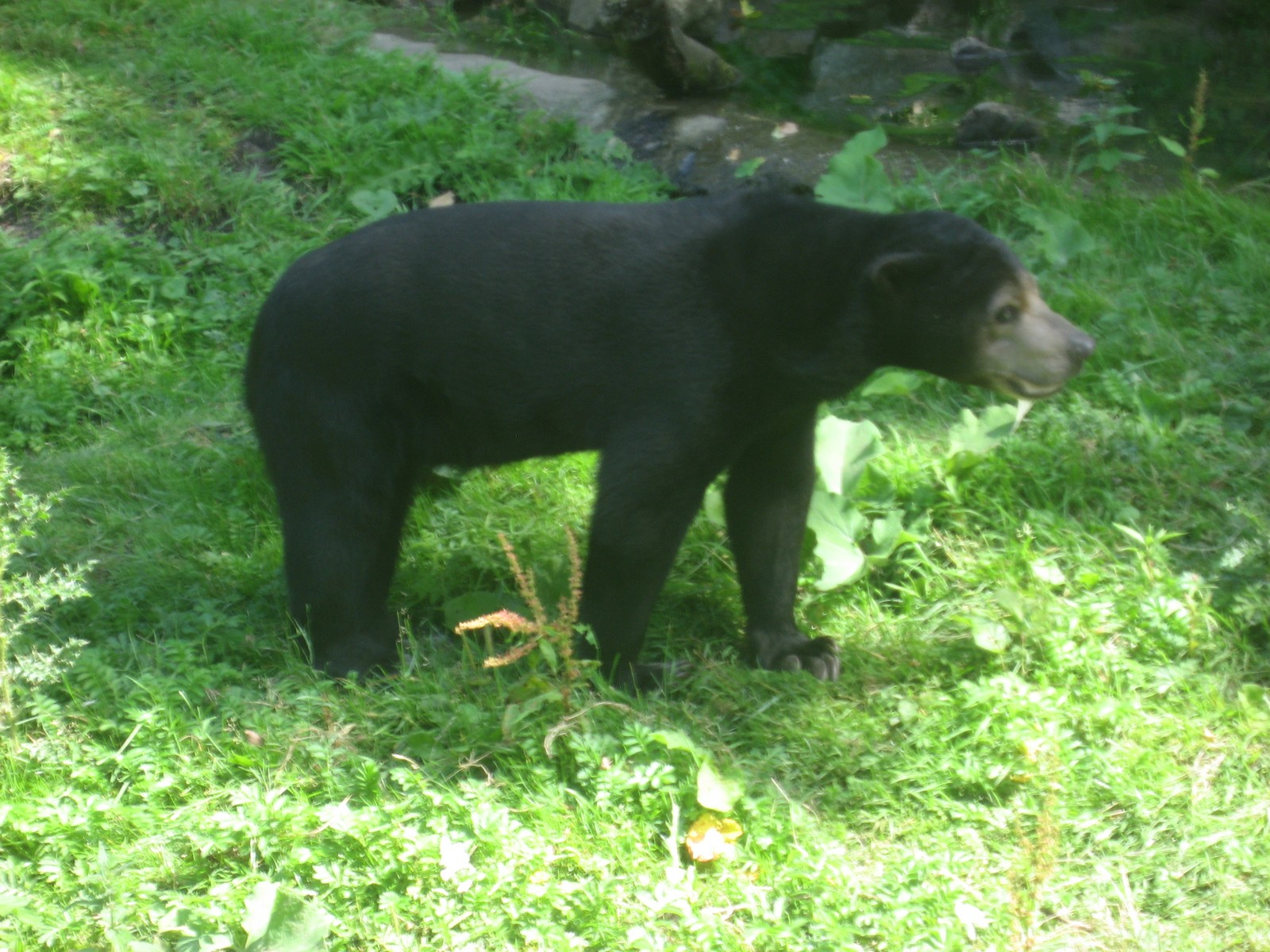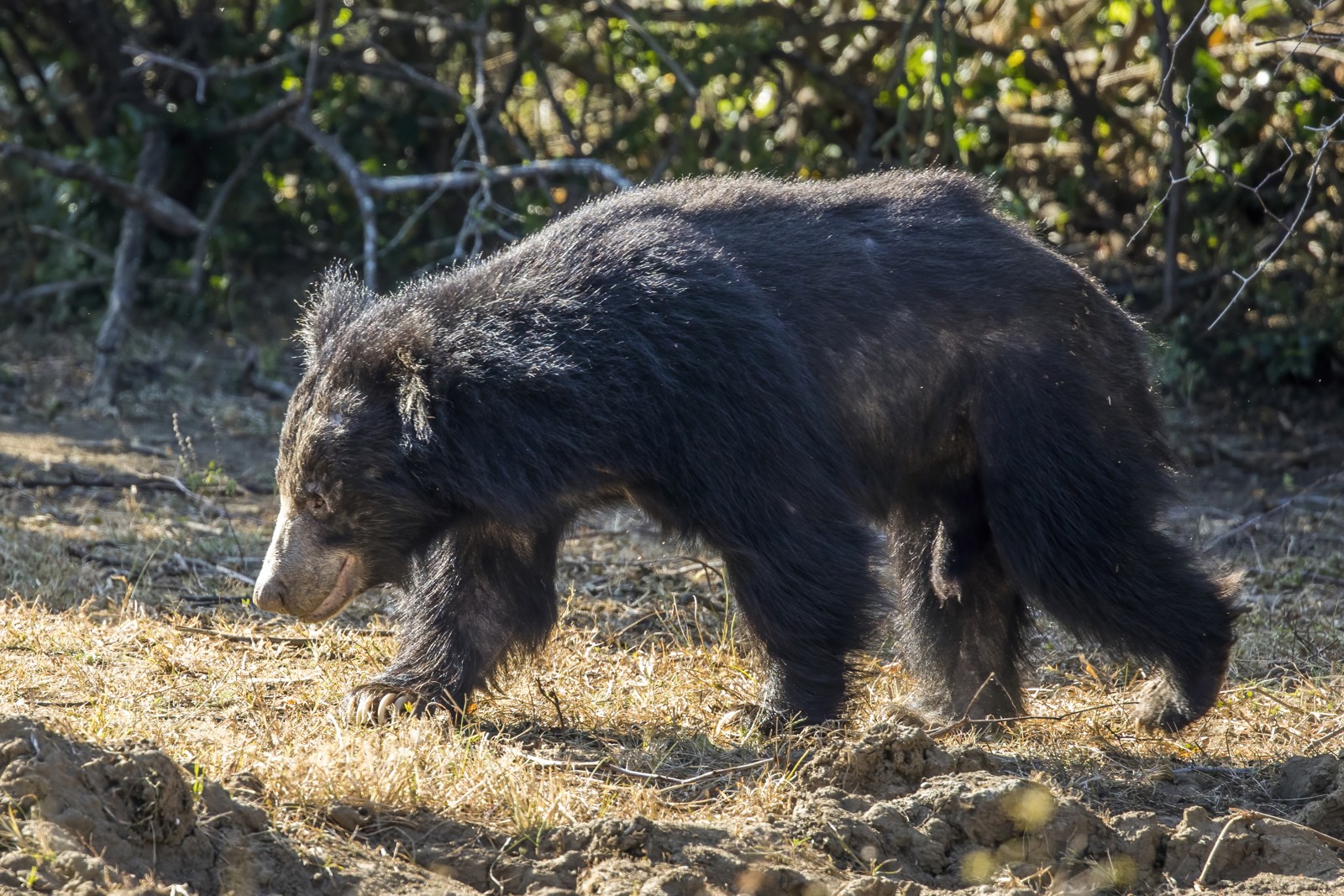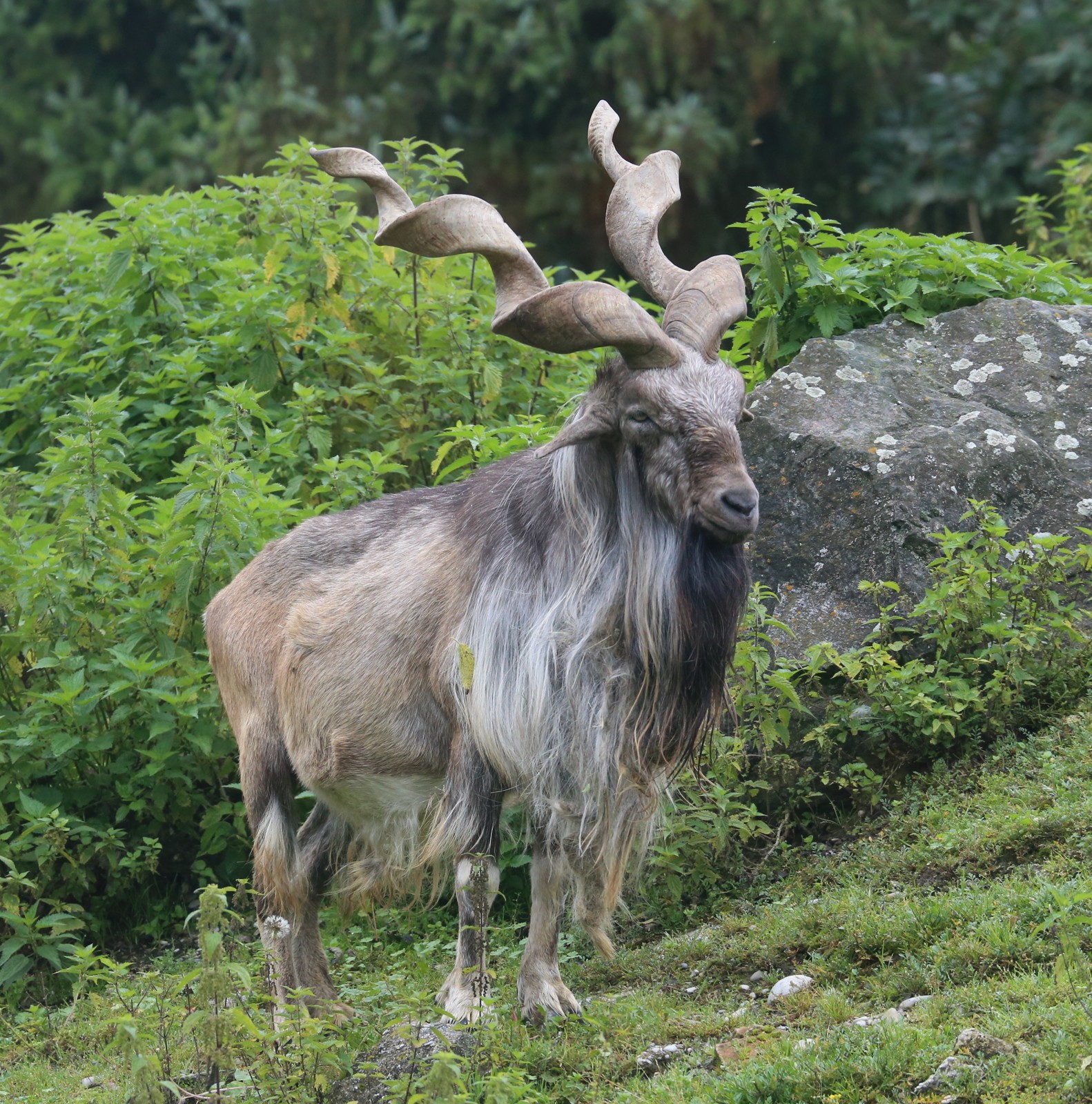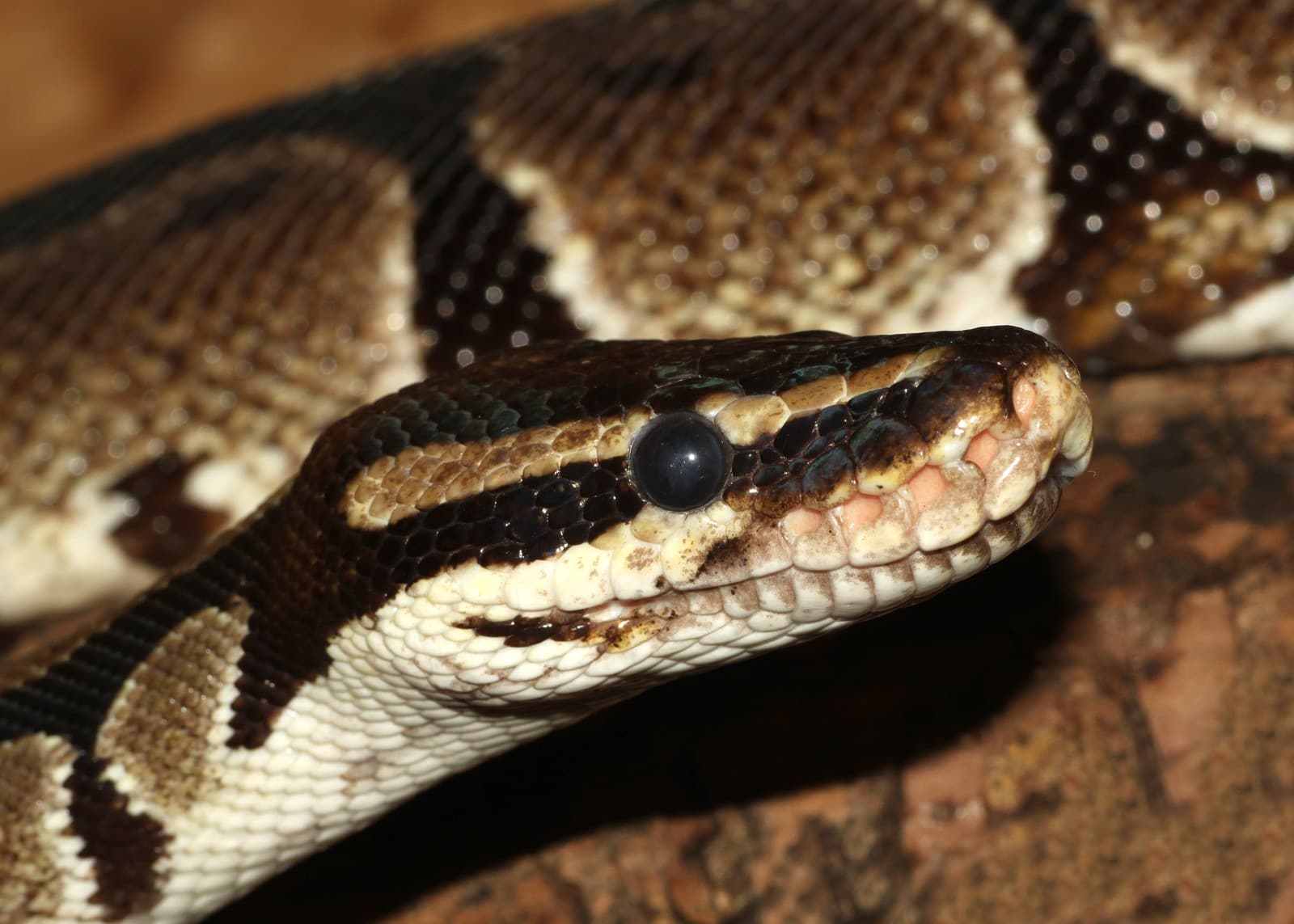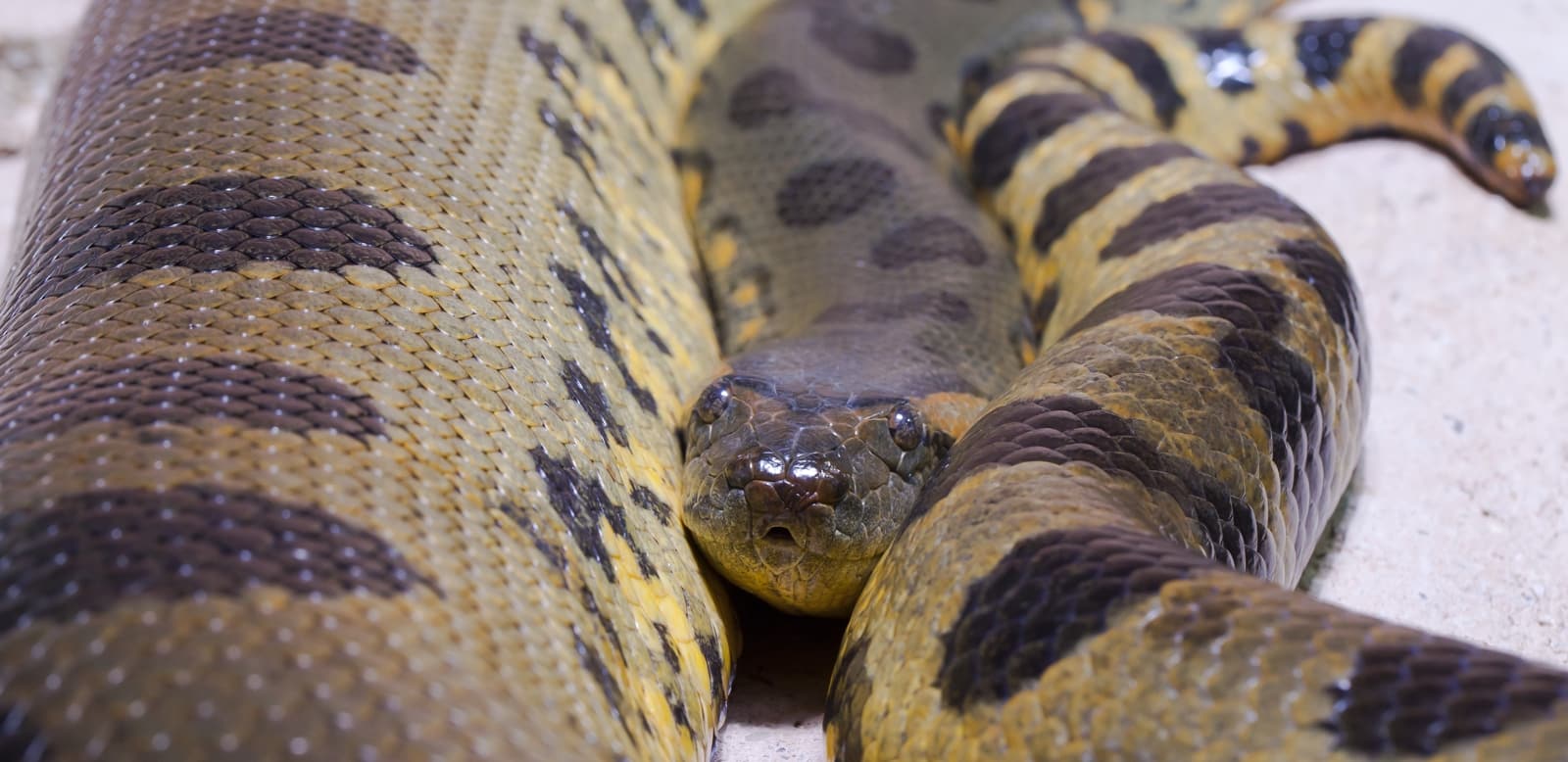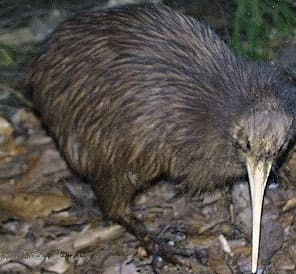Asian Giant Hornet vs European Hornet: A Complete Comparison
When comparing the Asian Giant Hornet (Vespa mandarinia) vs European Hornet (Vespa crabro), size is the most striking difference. The Asian Giant Hornet, reaching lengths of 1.5-2 inches (45-50mm), significantly outsizes its European cousin, which typically measures 1-1.4 inches (25-35mm). These two formidable insects, while sharing similar coloration patterns, represent distinct threats in their respective ecosystems.
Both species belong to the genus Vespa but differ markedly in behavior and impact on local environments. The Asian Giant Hornet, nicknamed the “Murder Hornet” in media coverage, demonstrates more aggressive predatory behavior, while the European Hornet maintains relatively moderate hunting patterns focused primarily on smaller insects.
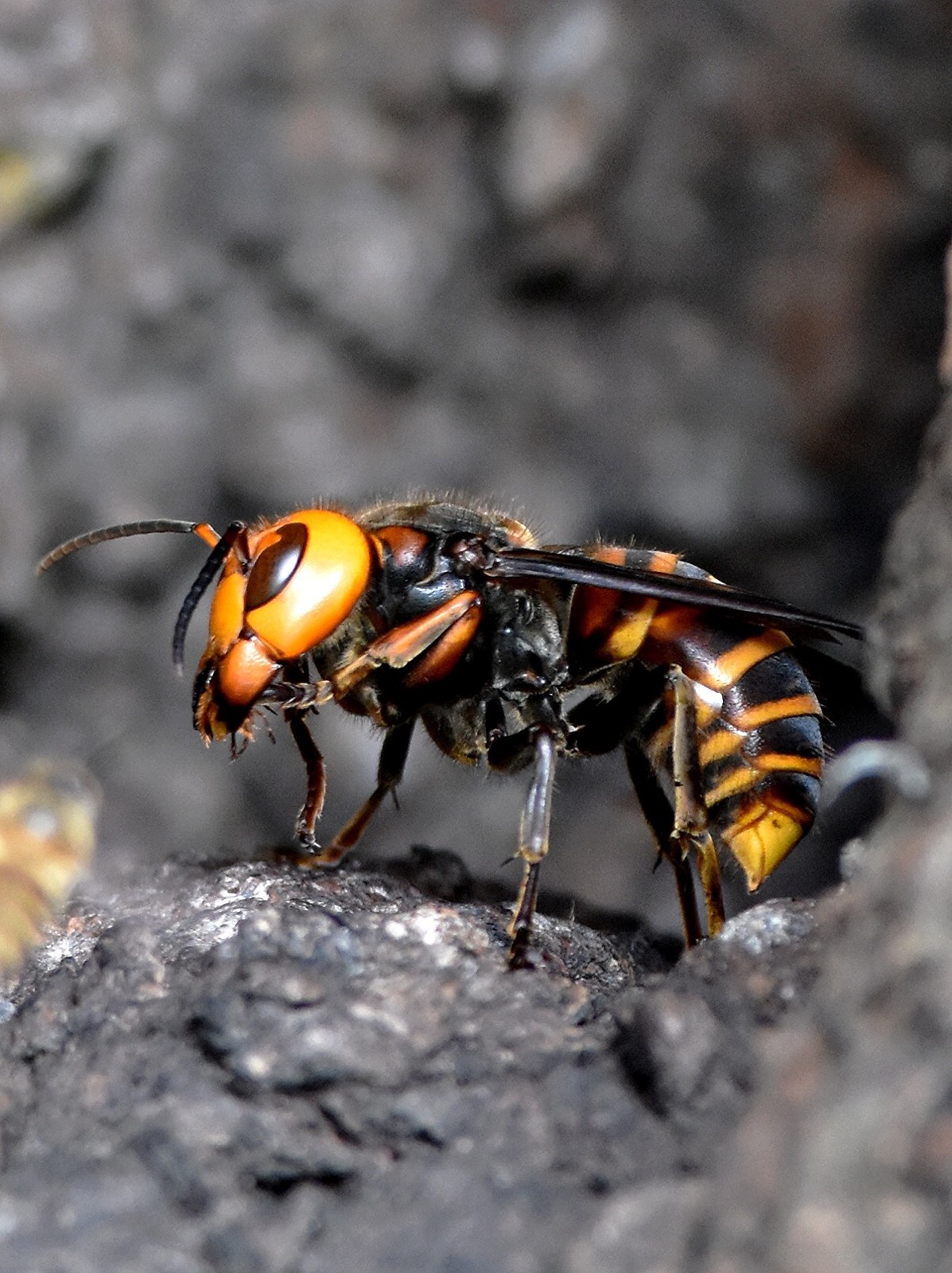
© Ken Ishigaki / CC BY 2.0
The Asian Giant Hornet showcases its distinctive orange-yellow head and imposing size, making it immediately recognizable among hornet species. Note the robust mandibles and large compound eyes, characteristic features that make this species such an efficient predator.
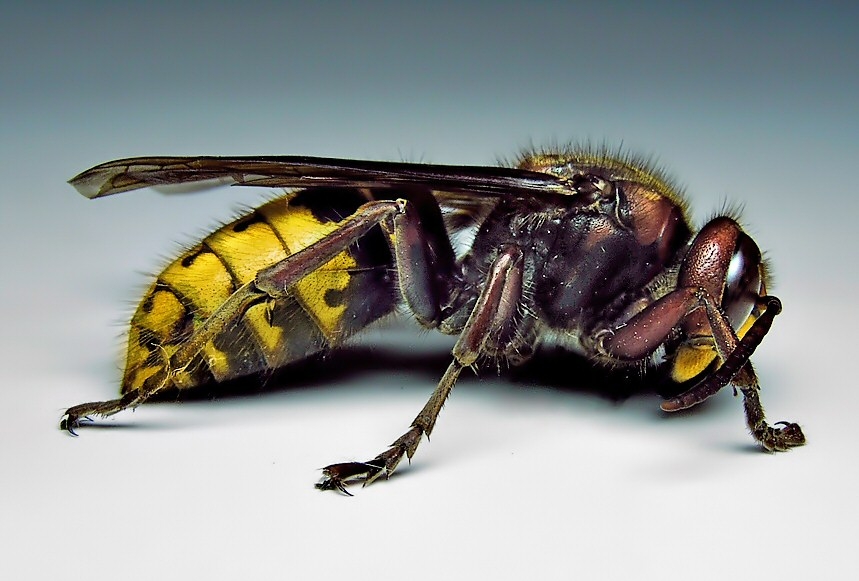
© PiccoloNamek / CC BY-SA 3.0
The European Hornet displays more subtle coloration with its brown and yellow patterns. While still impressive, its smaller size compared to the Asian Giant Hornet is evident in this detailed profile view.
Key Differences Between Asian Giant Hornet and European Hornet
| Feature | Asian Giant Hornet | European Hornet |
|---|---|---|
| Size | 1.5-2 inches (45-50mm) | 1-1.4 inches (25-35mm) |
| Head Color | Bright orange-yellow | Brown-red |
| Nest Location | Usually underground | Tree hollows, buildings |
| Colony Size | Up to 800 workers | 200-400 workers |
| Venom Potency | 4.1mg per sting | 1.7mg per sting |
| Geographic Range | East/Southeast Asia | Europe, North America |
Behavior and Hunting Patterns
The Asian Giant Hornet demonstrates significantly more aggressive hunting behavior than the European Hornet. V. mandarinia employs a unique “slaughter and occupy” phase when attacking honeybee colonies, where dozens of hornets can eliminate an entire colony of 30,000 bees within hours. European Hornets, while still formidable predators, typically hunt alone and focus on smaller insects without organizing mass attacks.
Habitat and Distribution
European Hornets have successfully established themselves across Europe and North America, demonstrating remarkable adaptability to various climates. They prefer woodland edges and urban areas, often nesting in tree hollows or building cavities. Asian Giant Hornets remain primarily confined to their native range in East and Southeast Asia, requiring specific environmental conditions for colony success.
Threat to Humans and Livestock
While both species can deliver painful stings, the Asian Giant Hornet poses a greater risk due to:
- Larger venom quantity (4.1mg vs 1.7mg per sting)
- More aggressive defensive behavior
- Ability to sting through thick clothing
- Longer stinger length (6mm vs 3.5mm)
European Hornets, despite their intimidating size, rarely attack humans unless directly threatened and typically avoid confrontation when possible.
Conservation and Control Methods
Both species play vital roles in their native ecosystems as predator insects, helping control pest populations. However, when Asian Giant Hornets appear in non-native regions, immediate control measures are necessary due to their potential impact on local honeybee populations. European Hornets generally require management only when nesting too close to human habitation.
Identification Tips for Public Safety
To distinguish between these species, observe these key features:
- Size difference (Asian Giant Hornet is notably larger)
- Head coloration (orange-yellow vs brown-red)
- Flight patterns (Asian Giant Hornets fly more aggressively)
- Nest location (ground vs elevated positions)
Always maintain a safe distance from any hornet species and contact local authorities if Asian Giant Hornets are suspected in non-native areas.
